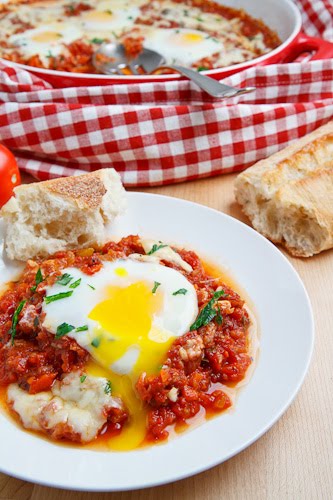With the holiday season just around the corner, it's time to start preparing those delicious desserts we can't wait to bite into and enjoy.
Food is an important part of many holiday celebrations. It's virtually impossible to celebrate without satisfying your sweet tooth and enjoying a multitude of traditional pastries. In Canada, holiday specialties are rooted in the traditions of our many founding peoples: Scottish, Irish, English, French, etc.
Every year at this time, we start preparing and baking the many treats that will grace our festive tables or be beautifully wrapped to offer as gifts.
As the holidays get closer, we rediscover a few of our classic specialties:
Shortbread
Even though shortbreads were probably baked during the Middle Ages, we attribute their origins to Marie Stuart, Queen of Scotland, in the 16th century. These rich buttery cookies have changed tremendously since the Middle Ages. They were originally baked twice, which explains the origin of the French word "bis-cuit", and the recipe also used yeast, which has since been replaced with butter.
Today, sugar, butter and flour are the main ingredients in shortbread. The word shortbread does not mean bread that is short, but rather "crumbly cake" (the word "short" is the Old English term for "crumbly"). Although they were once made with oat flour, they are now made using wheat flour. Shortbread cookies can be shaped in a variety of ways, the most common being rectangular, circular or triangular.
Because butter was such an expensive commodity at the time, shortbread was only prepared for special occasions, such as the holidays or weddings. Today, it can be served any time, such as in Britain where it is often served as an accompaniment to tea.
Christmas cookies
Contrary to popular belief, Christmas cookies originated in the U.S., specifically New York, and not from England as is commonly thought. The word "cookie" derives from the Dutch word "koekje" meaning "little cake" (New York was once called New Amsterdam). The term was attributed to these little cakes, which were offered by New Yorkers to children during the Christmas season. Originally, the cookies were made with shortbread dough and garnished with candied fruit. The tradition spread throughout the U.S. and Canada with the arrival of the Loyalists.
Doughnuts or fritters
Though one would think that fried dough has been around forever, doughnuts, as we now know them, were also introduced by the first North American settlers. Fried in oil, they were so greasy that the Dutch called them "olykoek", or oily cakes. The Dutch brought the recipe to North America early in the 19th century. With a roundish shape, approximately the same size as a nut, the North American word "doughnut" was born.
Butter tarts
With a filling made of butter, sugar and eggs, baked in a shortbread crust, butter tarts might be one of the only truly authentic Canadian desserts according to the 6th edition of the Collins English Dictionary. A specialty mainly in Canada's English provinces, other similar pastries may also have common roots: Scottish butter tarts, Ecclefechan, French frangipane pies with ground almonds, or sugar pie in Quebec. Some believe that the latter shares a common origin with pecan pie and may have come to Canada by way of African-American slaves.
Fruitcake
Fruitcake has been a traditional holiday dessert in Quebec since the 19th century with the arrival of the first American loyalists, many of who were of Scottish descent. The Scottish were loyal to their English traditions, including plum pudding and fruitcake. Fruitcake was quickly adopted by Quebecers and continues to be a very popular holiday treat. Rich and smooth, this cake contains candied fruit, which may or may not have been soaked in alcohol, as well as nuts and spices. It keeps very well, at least one week in a dry cool place, and up to two months in a hermetically sealed container. According to Jehanne Benoît's Encyclopédie de la cuisine, simply brush on a little cognac, brandy, wine or even rum, if it starts to get dry.
Plum pudding or Christmas pudding
Dating back to the Middle Ages in England, this traditional Christmas dessert is made with fat from veal or beef kidneys, dried raisins, plums, almonds, sugar, spices and rum, all cooked in a double boiler and served flambé. According to English custom, the puddings were prepared the weekend before or after Advent, that is, four to five weeks before Christmas. This dessert keeps very well, similarly to fruitcake. English Canadians particularly enjoy it. It is traditionally served with a butter and brandy sauce.
The list of traditional holiday desserts is virtually endless, for example, mincemeat pies, gingerbread cookies, trifles, charlottes, sucre à la crème and many more, each as delicious as the other.
So start your ovens and get cooking!





















